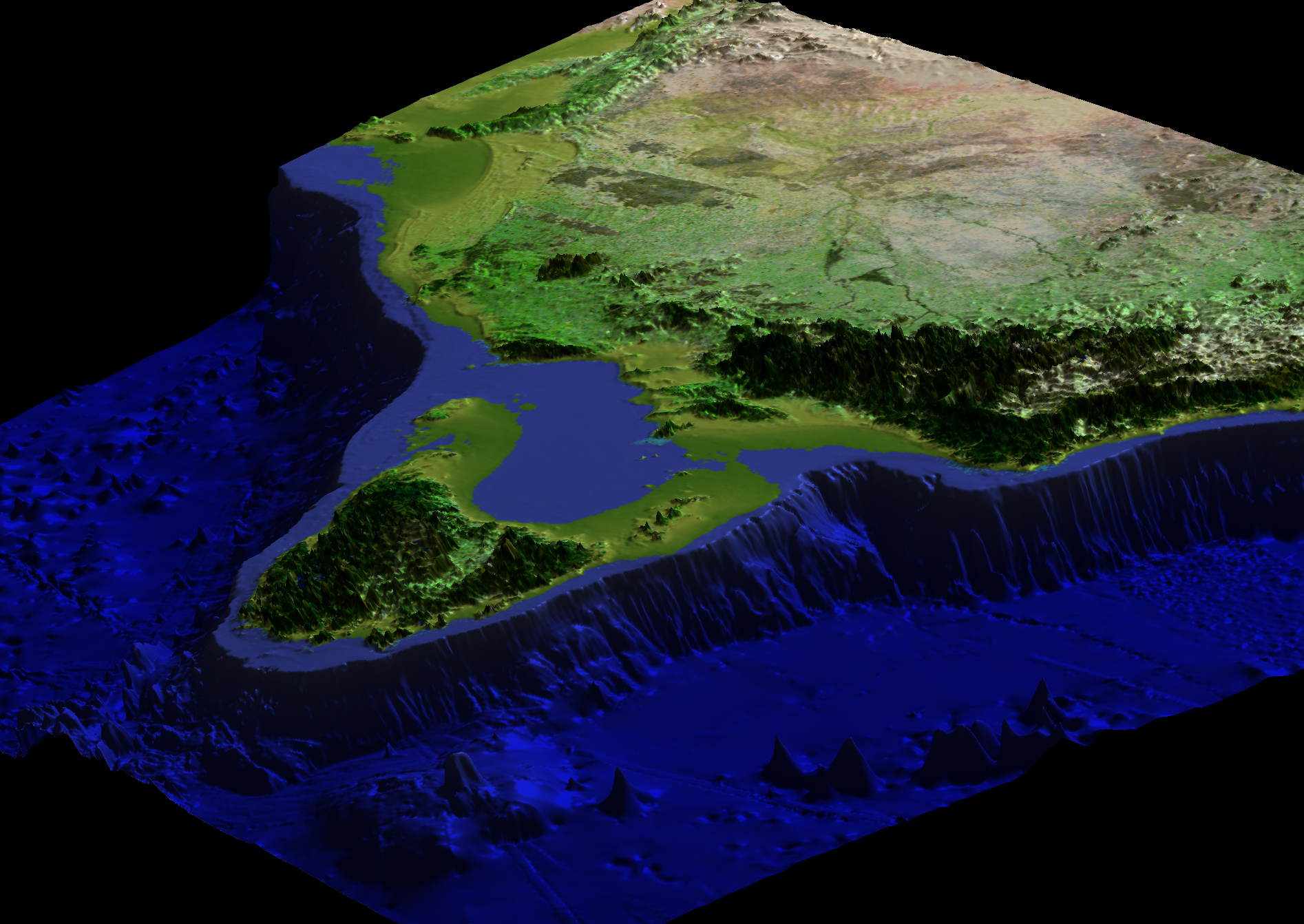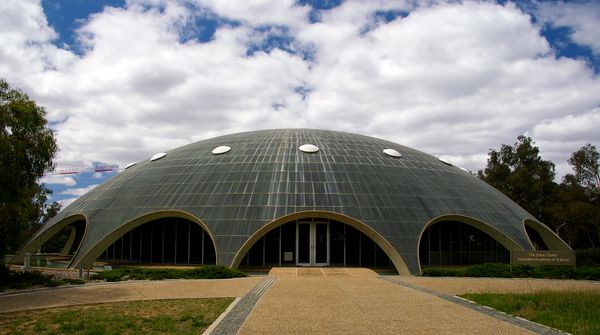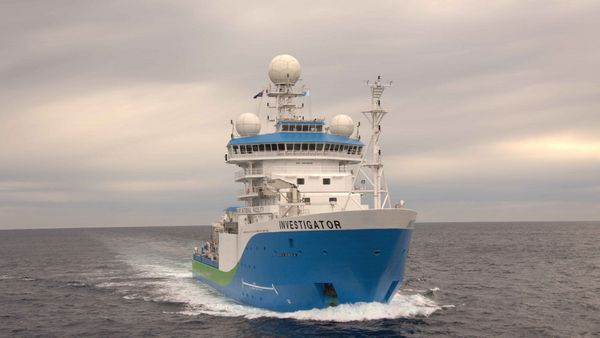A decadal vision, a decade later
In a series of articles written a decade ago, Mike Sandiford proposed a vision for solid Earth science that viewed our planet as a very limited and valuable resource. In this vision, solid Earth science is a key pillar of a holistic discipline focused on stewardship of our environment in the broadest possible sense.
In much the same way that our atmosphere and oceans are not limitless, the tiny fraction of the Earth's crust that we can access, provides us with essential minerals, stores our groundwater, supports the structures of our civilisation and is the literal foundation of terrestrial ecosystems.
This thinking has had a marked effect national earth science strategy over the last decade. Mike's vision was the basis for AuScope's Australian Earth Observatory infrastructure roadmap, published in 2011, and was instrumental to ensuring funding of the Australian Geophysical Observing System (AGOS) under the EIF scheme at that time.
Further, the current national geoscience strategy and investment plan's, recently developed by AuScope and the broader community, continue to be strongly influenced by Mike's ideas.
At the close of 2020, many university geoscientists have retired early or their positions have been "disestablished" altogether and their research groups will be disbanded. A critical mass of knowledge, expertise and leadership is leaving our universities. Geoscience departments will close or merge with other discipline areas that are also not considered viable as standalone schools.
This occurs at a time when mankind's energy, pollution and resource footprint on our planet is far beyond sustainable levels. We believe that Australia needs a strong teaching and research community in all areas of the Earth sciences in the decades ahead.
We revisit Mike's vision to underline the importance of the solid Earth sciences in resolving the sustainability crisis and to ask whether we have a critical mass of researchers in Australia to meet our needs.



If you would like to provide feedback on these articles, please register and leave comments in the thread below.



